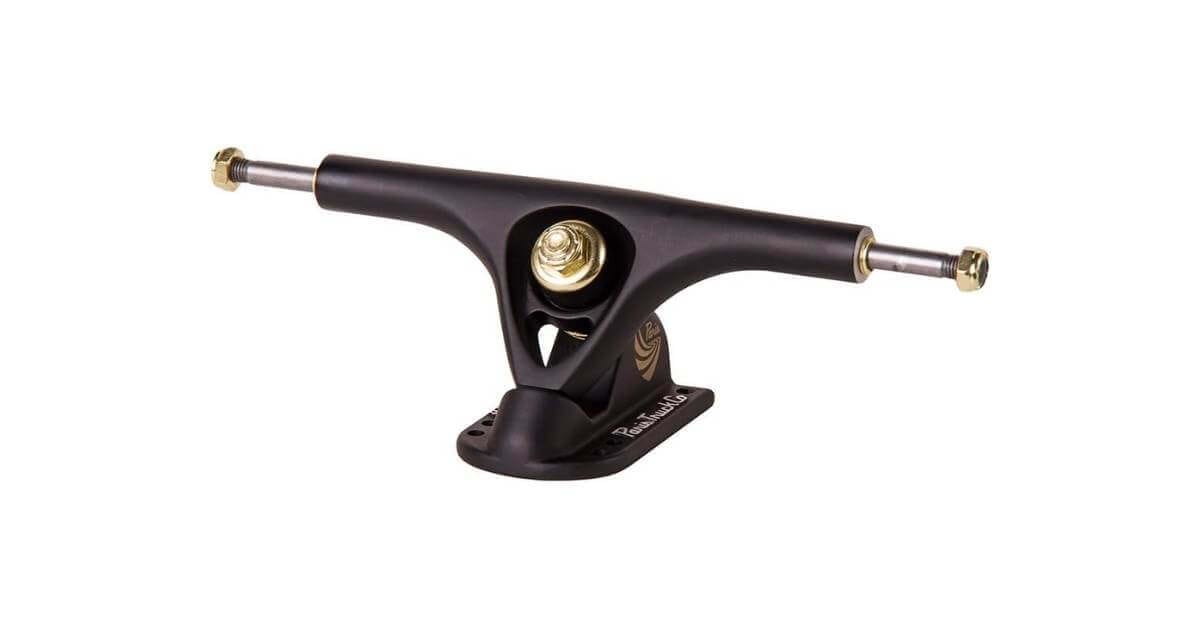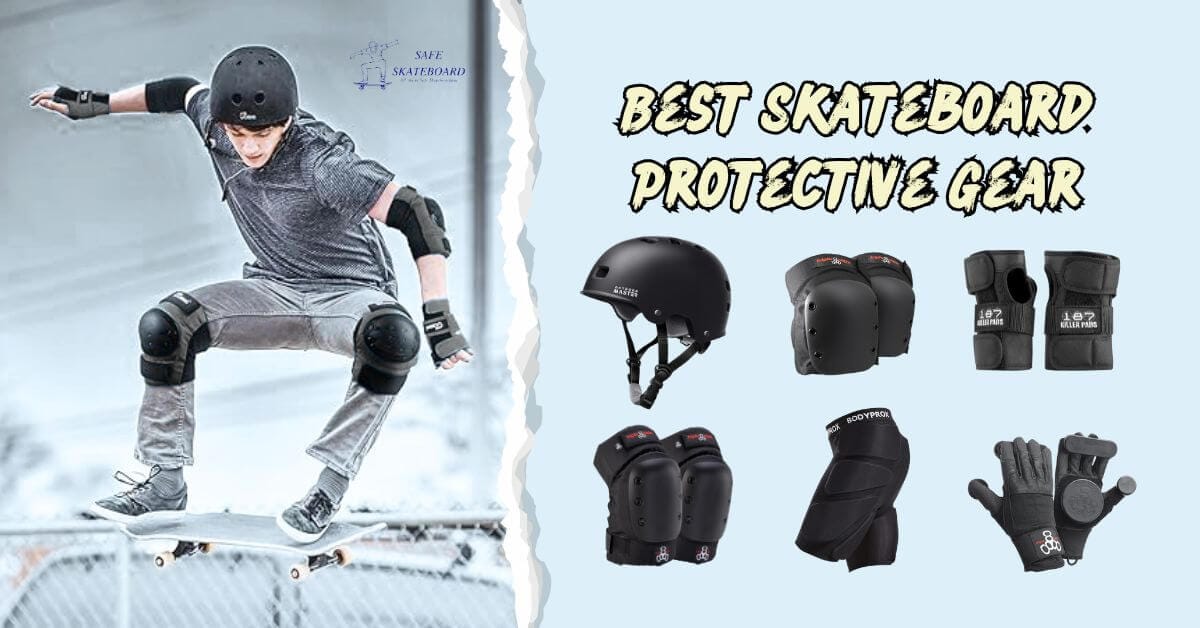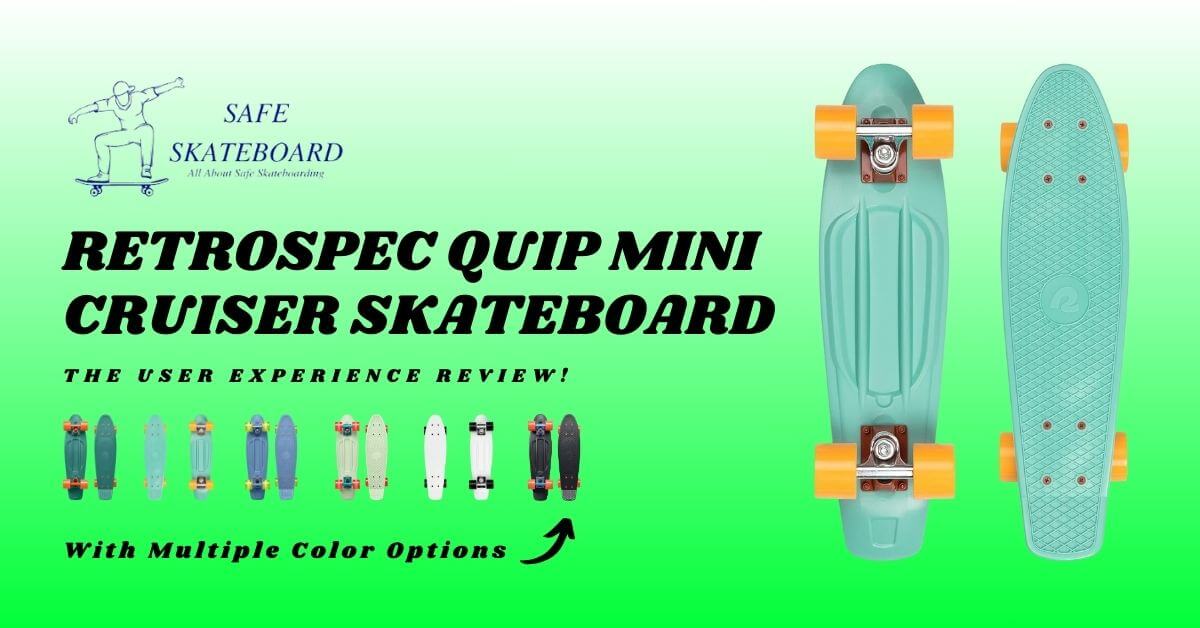Mounting trucks onto a longboard is a crucial step in setting up your ride, However How you To put trucks on a longboard it’s directly affecting your board’s stability and overall performance.
Whether you’re assembling a new longboard from scratch or upgrading your current setup, knowing how to put trucks on a longboard properly is essential.
In this guide, I will walk you through the eight easy Steps, from selecting the right trucks for your riding style to aligning and securing them correctly.
With these guides, you’ll ensure that your longboard is ready for a smooth and controlled ride, no matter where your adventures take you.
So, Grab your tools and let’s ready dive into install trucks on your longboard!
Step 1. Tools Required for Truck Installation
Before diving into put trucks on a longboard, it’s essential to gather the right tools. Trust me; having everything ready beforehand makes the whole process smoother. Here’s a quick list of what you’ll need:

- Phillips Screwdriver: A must-have for loosening and tightening the screws.
- Socket Wrench: Helpful for ensuring the bolts are securely fastened.
- Pliers: For handling stubborn hardware or making adjustments.
- Ruler or Measuring Tape: Handy for precise measurements when placing the trucks.
I remember the first time I attempted this on my longboard. I found myself scrambling through my toolbox because I didn’t prepare in advance!
Step 2. Choosing the Right Size Trucks for Your Longboard
Selecting the correct truck size is crucial for achieving optimal performance. Here’s how to determine the perfect fit:

- Width: Trucks should match the width of your longboard deck for stability.
- Height: Consider the height of your trucks based on your riding style. Lower trucks offer better stability, while higher trucks provide a looser turning radius.
- Weight: Lighter trucks are preferable for longboarding tricks, whereas heavier ones are better for downhill riding.
Keep these factors in mind, and you’ll be well on your way to a fantastic ride!
Step 3. Removing old trucks from the deck
Now that you have gathered your tools and selected the right trucks for your longboard, it’s time to prepare your deck for installation.
Start by flipping your longboard upside down to access the underside where the trucks are mounted. Using your socket wrench or screwdriver, carefully remove the nuts securing the old trucks.

It’s helpful to lay everything out sequentially, so consider placing the nuts in a small bowl or compartment. As you are removing each truck, take a moment to give them a good inspection.
This step not only clears space but also allows you to assess if there’s any other maintenance that might be needed.
Step 4. Attaching the new trucks to the deck using hardware
Now It’s time to put trucks on a longboard, Grab your hardware kit, which typically includes bolts and nuts. Here’s how to attach the trucks:
- Align the trucks with the holes on the deck. Make sure the hangers are facing outwards.
- Insert the bolts through the holes on the truck baseplate and into the deck.
- Secure them with nuts, but don’t tighten them all the way just yet. This gives you flexibility in adjusting later.
Step 5. Adjusting the truck placement for optimal performance
Once the trucks are attached, it’s time to find the perfect placement.
- Start by setting the trucks a bit inward. This enhances stability during turns.
- Experiment with moving them outwards for a looser feel if you enjoy cruising.
Test it out with a gentle ride and adjust based on how you feel.

Step 6. Tightening the Mounting Hardware
Start by grabbing your skate tool or wrench. It’s a satisfying feeling to tighten down the hardware, knowing your board is ready for action! Ensure each bolt is snug but not overly tightened, as this can lead to warping or damage:
- Check each bolt: Go around the board, tightening each hardware piece in a star pattern. This ensures even pressure distribution.
- Listen for that sweet sound: As I tightened my trucks for the first time, I loved hearing the “click” that meant I was getting it just right.
Step 7. Checking for Any Loose Components
Next, it’s time to double-check for any loose parts. You don’t want the surprise of a wobbly ride! Here’s how:
- Visual inspection: Look over the trucks, ensuring no bolts look loose.
- Give it a shake: Firmly grasp the board and shake it slightly to feel if anything rattles.
Step 8. Testing and Adjusting

Performing a test ride to ensure stability
Now that your longboard trucks are securely mounted, it’s time to ride on my longboard! A test ride is crucial to ensure everything feels stable and secure beneath your feet. Before you go all out, consider following these simple steps:
- Find a Smooth Surface: Start on a flat, smooth area where you can get comfortable without worrying about obstacles.
- Begin Slowly: Push off gently to gauge how the board responds. Pay attention to the feel of the ride—does it roll smoothly?
- Evaluate Turning: Try making gentle turns. Experienced riders often say that the way your longboard trucks respond to turns can reveal a lot about their setup.
Making any necessary adjustments to the trucks
If your board isn’t behaving as expected, it might be time to make some adjustments. Here’s what you can do:
- Check the Tightness: Sometimes, truck nuts need a little loosening or tightening depending on your riding style.
- Adjust the Angle: If you’re finding it hard to turn, consider changing the angle of the kingpin to increase responsiveness.
Remember, finding the perfect setup takes time and experimentation. Don’t hesitate to make those fine-tuning adjustments until your longboard feels just right!
Frequently asked Questions (FAQ) about how to put trucks on a longboard
- Can I switch the trucks later if I want to?
Absolutely! You can change trucks based on your riding style or preferences. It’s as easy as removing the nuts and bolts, then following the installation process again.
- How often should I check my truck installation?
It’s a good practice to periodically check your trucks, especially if you ride frequently. Look for any signs of wear, rust, or if the bolts have loosened over time.
- Should I use riser pads when mounting longboard trucks?
Riser pads are optional but can be useful for reducing wheel bite and absorbing shock. If your wheels are large or your deck sits low, riser pads can help prevent the wheels from contacting the deck during sharp turns.
- Can I use skateboard trucks on a longboard?
While it’s possible, it’s not recommended. Longboard trucks are designed to handle the unique demands of longboarding, providing better stability and smoother turns compared to standard skateboard trucks.
Final Touch
In the ending words, putting trucks on a longboard may seem like a simple task, but it’s crucial for a safe and enjoyable ride.
By following the correct steps and paying attention to details like alignment and bolt tightness, you can ensure your board is ready to perform at its best.
Regularly checking and adjusting your trucks will also help maintain your longboard’s handling and stability.
Now that you know how to put trucks on a longboard, you’re all set to enjoy the smooth rides and sharp turns that make longboarding such an exciting sport. Happy riding!

















